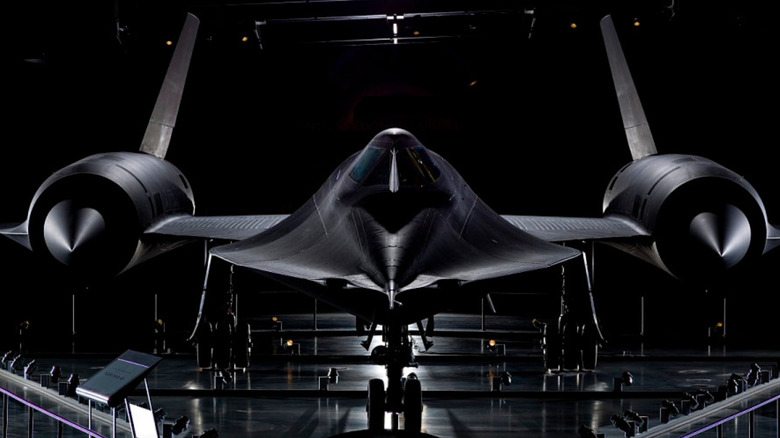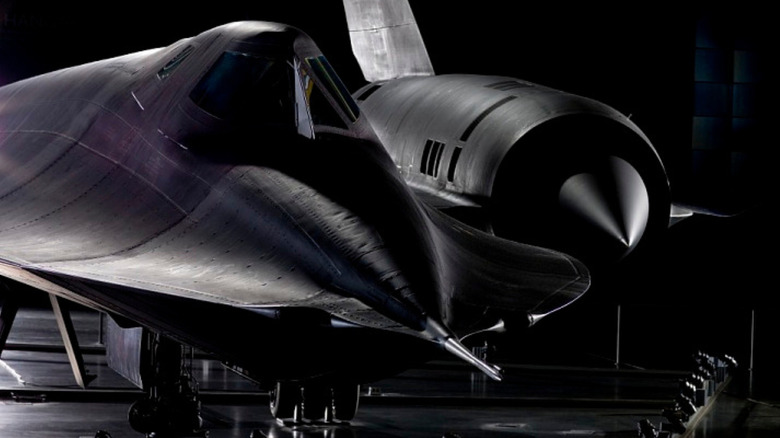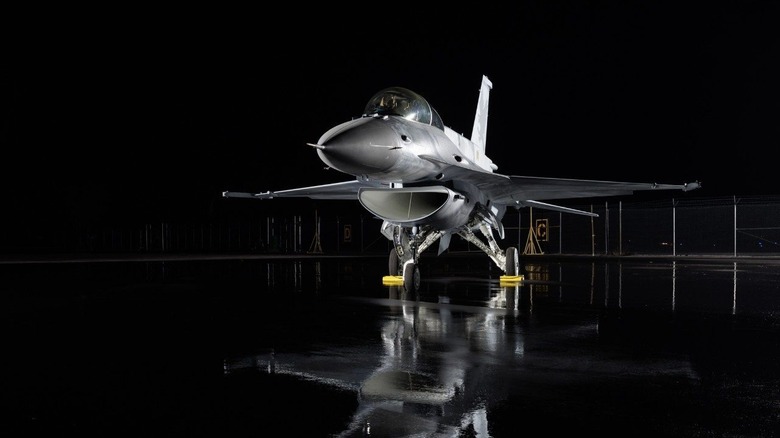Why Do Some Military Fighter Jets Have A Needle On The Front?
Every part of a fighter jet has a job to do. Even the tiny things that don't seem important at first, like that thin metal rod sticking out from the nose in jets like F-16, actually serve a purpose. That needle-shaped piece is called a Pitot tube, or a pitot-static tube. It plays a key role in keeping the jet safe by calculating its speed through the air. Without it, the pilot would be missing one of the most critical pieces of information. While newer systems have evolved, the Pitot tube remains one of the most reliable tools ever used in flight.
So, how does it work? Have you ever held your hand out of a moving car and felt the force of the wind? The Pitot tube works similarly. It collects ram pressure from the air hitting the front while also using tiny side ports to measure the surrounding atmospheric pressure. By comparing both, it helps the instruments calculate airspeed. Without it, a pilot risks flying too slow or too fast, and either of these can be dangerous.
Why you can't see it on newer jets
If you look at modern jets like the F-22 or F-35, you might not see the Pitot tube at all. But that doesn't mean it's gone. These aircraft still need to measure airspeed, but the sensors are now embedded directly into the body. Everything is flush with the surface — no rods sticking out. So why the design change if the pitot tube was working just fine? The answer lies in how military technology has evolved, with stealth becoming a top priority.
The main reason for this change is radar evasion. Anything that sticks out from a jet, even something as thin as a Pitot tube, can reflect radar signals. And by hiding the sensors, engineers help reduce the aircraft's radar signature. It might seem like a small tweak, but it plays a big role in allowing fighter jets to fly undetected during missions.
Pitot tube failures can lead to disaster
As useful as the Pitot tube is, it's not perfect. For something that looks so basic, it has a lot riding on it. If the opening gets blocked, maybe due to the ice, dirt, or even something unexpected like bugs, the pitot tube can stop working the way it should. And when that happens mid-flight, the jet starts flying blind in terms of speed. That's why these tubes often have built-in heaters to stop the ice formation, especially in low temperatures.
One of the most tragic examples of the pitot tube going wrong was Birgenair Flight 301. The plane had been sitting on the ground for a while, and a wasp ended up building a nest inside the Pitot tube. No one noticed, but when the plane took off, the pilots got confusing speed readings they couldn't make sense of. Within minutes, the situation spiraled out of control, and the crash unfortunately resulted in the loss of 189 lives.


